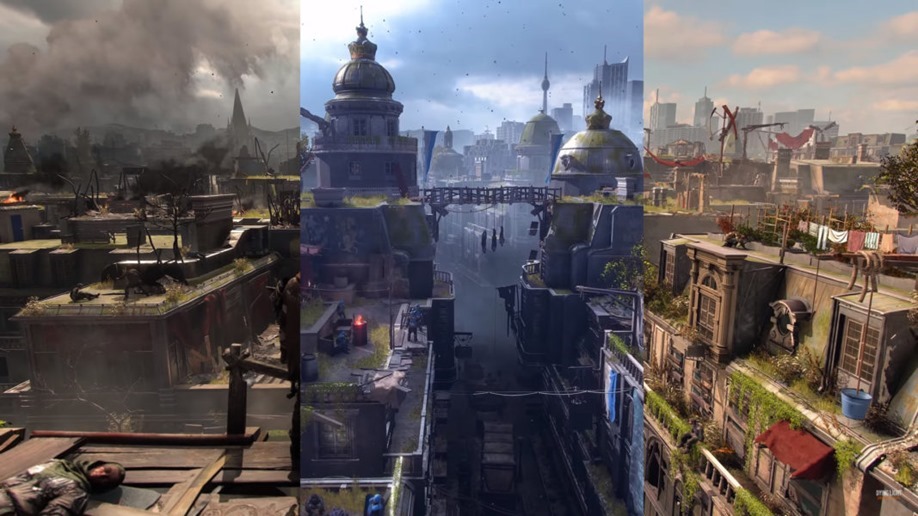

The middle-eastern setting - Harran appears to be based on Turkish architecture and shares a name with an ancient city in Messopotamia - is distinctive, and presents different character and social dynamics than the largely western environments so common to the genre.Īlmost as interesting is the timeline of Dying Light's outbreak. In this respect, Dying Light takes the zombie apocalypse scenario long since driven into the ground by both film and video game alike and leads it into some less-traveled areas.

But it's easy to lose all that in a sea of the undead.ĭying Light takes place in the fictional country of Harran, which, in the lead-up to a global athletic games competition - not the Olympics, obviously, because licensing - is overtaken by a mysterious zombie plague. Its height, its sense of scale all build an intimidating verticality. There are things to like in Dying Light, and a lot of pieces of cool, satisfying gameplay that, on their own, are exciting. With Dying Light and new publisher Warner Bros Interactive, Techland is reaching for the big leagues. Even at the best of times, Techland's reach has just slightly exceeded its grasp. With Call of Juarez, it's demonstrated an ability to deliver an interesting, narrative-driven game, and with the original Dead Island, Techland also showed an ambition to make something big in a difficult space - the open-world action game.īut Techland's output has also been inconsistent - games like Call of Juarez: The Cartel, Nail'd and even Dead Island demonstrated both questionable stability and broken in-game systems. The Polish developer has made a name for itself in the shrinking middle tier of game development, putting out games that were at the very least something different than the status quo.


 0 kommentar(er)
0 kommentar(er)
